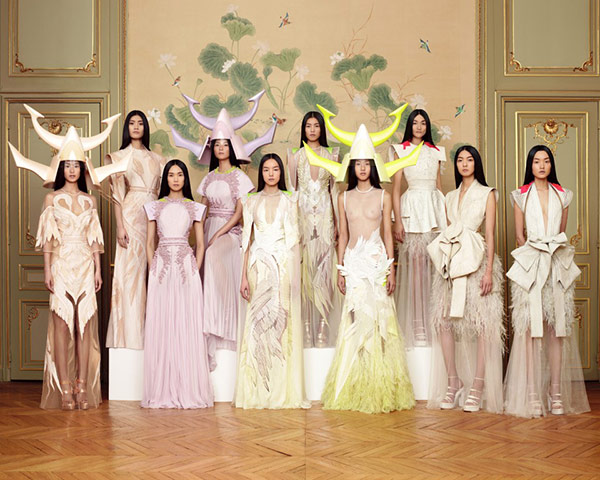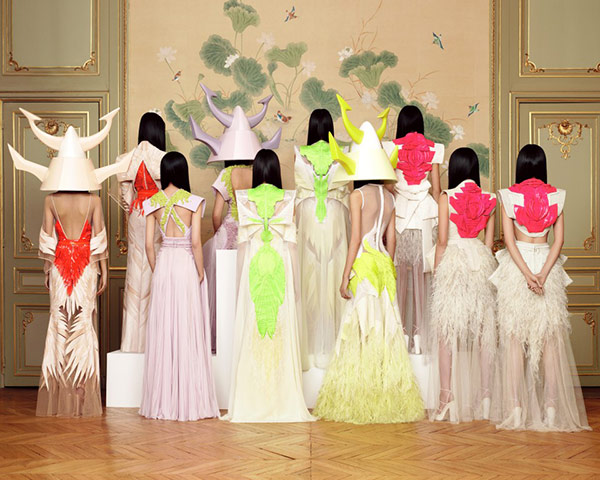The eureka moment is a sudden understanding of something that has been previously thought about. The term was first coined by Archimedes, a Greek mathematician and all-round utter genius. The word comes from the ancient Greek language, εὕρηκα heúrēka, meaning "I have found (it)". Supposedly, Archimedes was bathing when he realised that the volume of water displaced must be equal to the volume of the body part he had submerged. This discovery prompted him to consider buoyancy a method by which the volume of irregularly shaped objects could be quantified, previously been considered intractable. Archimedes was perhaps predisposed to such eureka moments, also approximating Pi and generally astounding his contemporaries.
Painting by Pierre-Henri de Valenciennes - Cicero discovering the tomb of Archimedes
So, for all of us wannabe-scientists, how can we claim our own eureka moment if it is that easy? I've just listened to a programme on BBC Radio4 about the convergent evolution of ideas, which suggested that scientific discovery might be, in a sense, inevitable. The concept of convergent evolution of ideas predicts parallel emergence and expression of the same idea. This can be seen clearly in agriculture, where, for example, the Chinese came up with very similar methods of rice cultivation as the Mexicans did with maize cultivation at similar points in history, despite being completely geographically isolated from each other. Camera and compound eyes are also an example of convergent evolution - infinitely complex but arising in different species independently. Could language, currently unique to Homo sapiens, arise again completely independently in the future in another species? Similarly, Darwin and Wallace both came up with theories of evolution based on natural selection at around the same time, with Darwin just pipping Wallace to the publishing post.
Shared scientific genius, or is the key in the beards?
"There is grandeur in this view of life, with its several powers, having been originally breathed into a few forms or into one; and that, whilst this planet has gone cycling on according to the fixed law of gravity, from so simple a beginning endless forms most beautiful and most wonderful have been, and are being, evolved." On the Origin of Species, Darwin
And how does this apply to domains other than science? Is art inevitable? Fashion? Music? Potentially so, argues the Radio4 programme, quoting a Professor at MIT who has studied the wealth of convergent forms in music across cultures. However, as they also point out on the programme, one expects that if Newton hadn't existed, one would have still come up with the concept of gravity, but it is near impossible that someone would have written Hamlet had Shakespeare not been alive. Where do the conception of ideas in science and art converge and deviate?
Is the conception of ideas in Fashion inevitable too? Is there a shared evolution of ideas in arts and science? Could designers have similar ways of thinking to scientists?
So while the world's news organisations await expectantly for categorical proof of the presently theoretical Higgs Boson particle from the laboratories of CERN, should we actually be sitting back and awaiting the inevitable? It is certainly a strange way to think about science and the pursuit of knowledge, but I think I'll conclude for now that a lot of groundwork and thinking is necessary in either case. No eureka moment yet, but perhaps it is in the pipeline...




















































